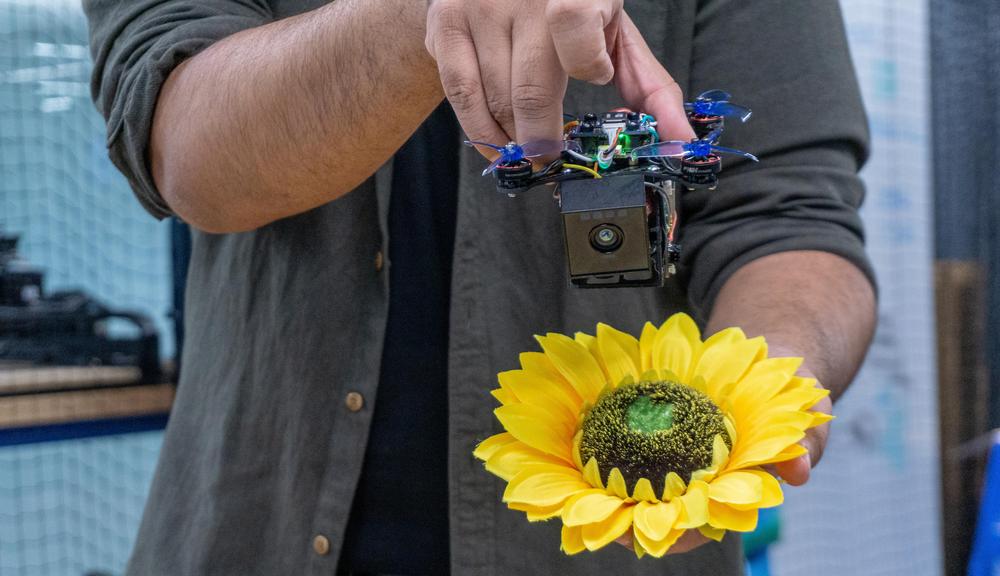Each fall, monarch butterflies make a remarkable journey from the northern United States to central Mexico, where they overwinter. To successfully navigate to a target located up to 2,500 miles away, the butterflies employ a biological compass that makes use of the changing position of the sun in the sky.
Previous work, including a 2009 paper in Science* describing research led by Steven Reppert, MD, professor of neurobiology at the University of Massachusetts Medical School, showed that the butterfly's antennae are critical components of that compass. Circadian clocks located in these light-sensitive structures, the paper reported, enable the butterfly to determine where the sun should be at any particular hour.
A new study, published online this week by the prestigious journal Nature Communications, and co-authored by Reppert, Robert Gegear, PhD, assistant professor of biology and biotechnology at Worcester Polytechnic Institute (WPI), and Patrick Guerra, PhD, and Christine Merlin, PhD, postdoctoral researchers in neurobiology at UMass Medical School, has shed new light on how the butterfly's brain uses the information from those clocks and what happens when the clocks malfunction.
In the study, conducted at UMass Medical School, the researchers set out to determine whether monarch butterflies can orient themselves successfully in a southerly direction with only one antenna or when the two antennae send conflicting information to the brain. They found that the butterflies can, in fact, navigate successfully with a single antenna. However, when they painted one antenna black (to prevent it from sensing light), the butterflies oriented in the wrong direction. If the painted antenna was then removed, the butterflies reoriented themselves in the proper direction.
It appears, the authors note, that the timing information from the two antennae is integrated within the butterfly's brain. It also appears that the circadian clocks in the antennae work independently, and that the information from either clock is sufficient to properly calibrate the butterfly's sun compass. However, when both antennae are present but sending desynchronized timing information to the brain (as when one antenna is exposed to light but the other is blacked out), the brain attempts to integrate these conflicting signals and the result is an improper compass heading.
The scientists also conducted genetic tests aimed at determining whether the circadian clock in one of the butterfly's antennae can influence the operation of the clock in the other antenna. They found that the expression of genes linked to the operation of the circadian clock in a functioning antenna was unaffected when the other antenna was painted black. They also determined that circadian clock genes were expressed throughout the antenna, suggesting that the entire antenna, or any part of it, can function as a clock.
"This research is a great example of how an interdisciplinary approach can be used to better understand a complex biological system," Gegear said.
In his current research at WPI, Gegear is focusing on a different pollinating insect: the bumblebee. His work is exploring, broadly, the relationship between the bees and flowering plants. In work that encompasses biology, evolutionary ecology, cognitive psychology, and behavioral neuroscience, he is investigating how the bumblebee's simple brain is capable of remarkably complex cognition, and how the mental activity of bees and the decisions they make as they gather food and pollinate plants ultimately have profound consequences for the ecosystem and the human food supply.
Read the Nature Communications paper.
*"Antennal Circadian Clocks Coordinate Sun Compass Orientation in Migratory Monarch Butterflies," Christine Merlin, Robert J. Gegear, Steven M. Reppert, Science, Vol. 325, pp. 1700-1704, Sept. 25, 2009.



